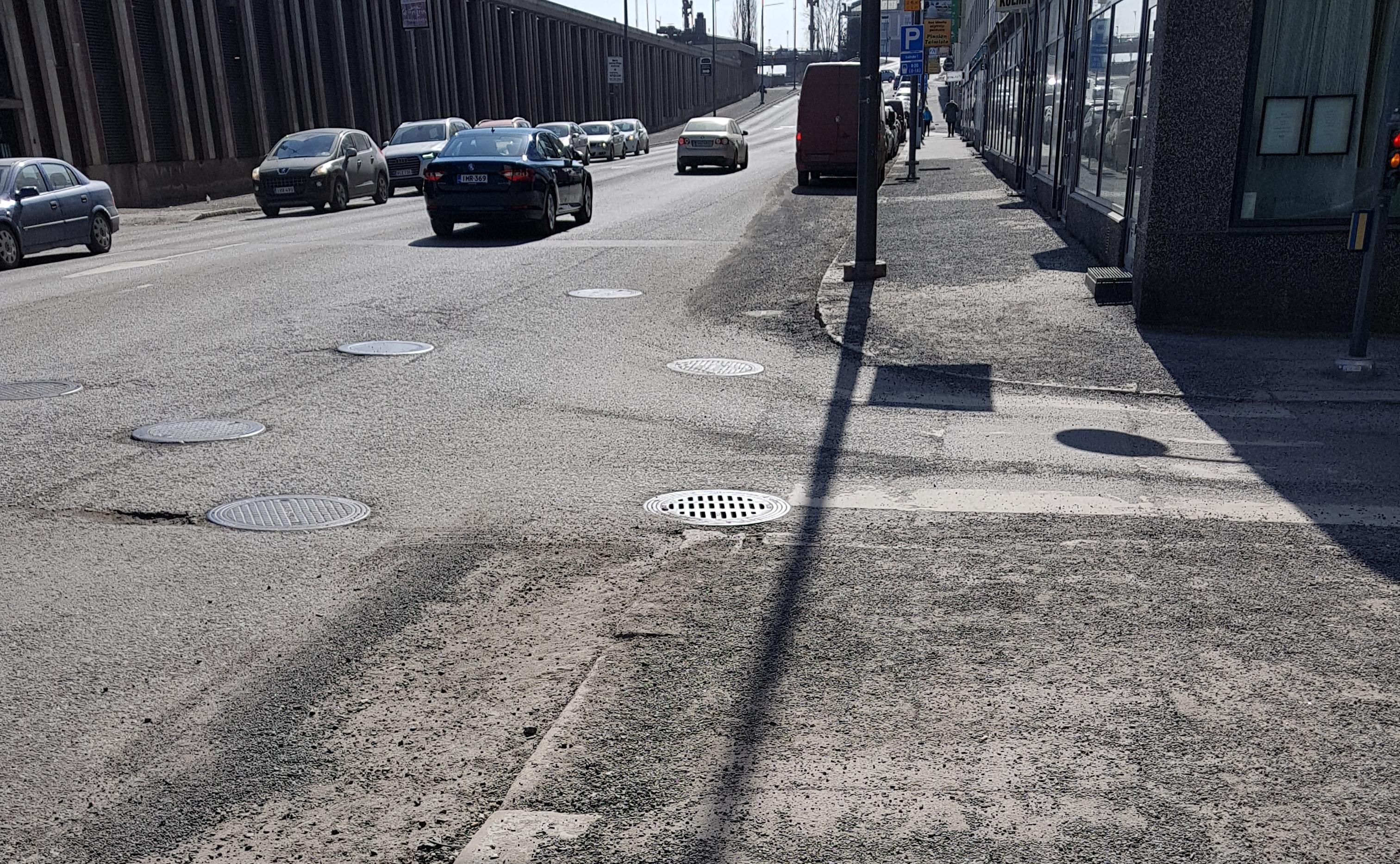
Picture: Roosa Ritola
Street dust contributes significantly to coarse fraction of ambient PM10 and thus has a negative effect on air quality in Finnish cities especially during spring months. Non-exhaust particles generated by traffic (pavement wear by studded tyres, tyre and brake wear) and traction control materials (sand and salt) are the main sources of street dust. In spring, when road surfaces dry up, dust accumulated on the road surface during icy and snowy weather conditions becomes airborne leading to so-called street dust season.
Elevated PM10 concentrations caused by street dust can cause adverse health effects especially amongst sensitive populations. The risk of adverse health effects is accentuated near busy traffic environments, where the daily limit value for PM10 can be exceeded on several days during the street dust season. The daily limit value of 50 μg/m3 set by the EU may not be exceeded more than 35 times per calendar year.
While PM exhaust emissions have decreased and will substantially decrease in the coming years due to tightening regulations, the non-exhaust traffic emissions are expected to stay at the same level or even increase with the increasing traffic volumes and thus become a major source of ambient particulate matter.